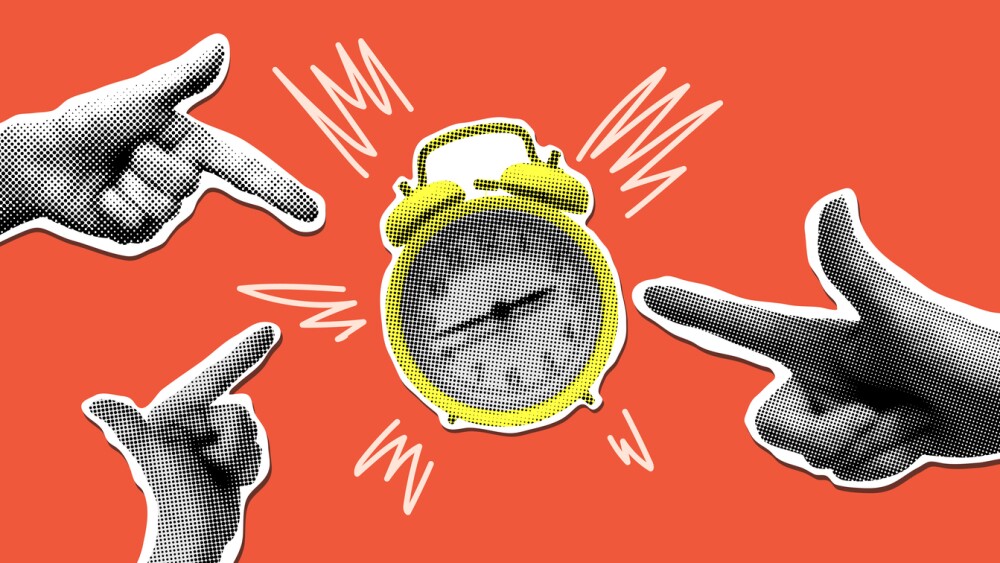A hot, humid summer will slow coronavirus transmission but, on its own isn’t likely to end the COVID-19 pandemic, according to a new study.
A hot, humid summer will slow coronavirus transmission but, on its own, isn’t likely to end the COVID-19 pandemic, according to a new study by researchers at the Massachusetts Institute of Technology, Harvard University, the University of Connecticut and Virginia Tech. Other measures, including social distancing and vaccines, will be critical elements in reducing infections.
The study indicated a slightly lower transmission risk was associated with hotter temperatures and higher humidity – about 1.7% reduction per degree Fahrenheit once temperatures rise above 25°C/77°F.
ad
The virus’s reproduction increased 0.8% for each additional millibar of air pressure above 1016 millibars. “We also find weak, but significant, positive effects of diurnal temperature, precipitation, snowfall and wind speed on (the virus’s) reproduction number,” the study’s authors wrote. Specifically, an increase of one standard deviation in wind speed resulted in a 3.8% increase in the virus’s reproduction rate. For precipitation the increase was 2.9%, and for snow 1.4%.
“This effect is modest because a change of one standard deviation is rather large,” Hazhir Rahmandad, associate professor of system dynamics, MIT Sloan School of Management, told BioSpace.
This means, for example, that hot, humid New Orleans can expect fewer incidents during the summer and a sharp increase in October, while incidents in normally cool, damp Seattle will remain fairly steady throughout the year, with minor increases in November and March.
When compared to seasonal influenza, Rahmandad explained, “The main difference is that baseline transmission rates for flu are relatively lower because a larger percentage of the population has had the flu and is immune. Therefore, the reproduction number for influenza is smaller than for COVID-19.” For flu, the reproduction number is in the range of 1.2 to 1.7. For the SARS-CoV-2 virus, the reproduction number is 2 to 3.
“If we lower the reproduction number by 30%, there’s a chance of getting it to 1 or lower (for influenza), which is the threshold for controlling it. For COVID-19, a 30% reduction likely wouldn’t bring the reproduction number to 1,” Rahmandad said.
Some researchers have reported a variety of different findings suggesting that temperature, humidity, air pressure, ultraviolet light exposure and precipitation may affect the spread of COVID-19 by altering the time the SARS-CoV-2 virus can live on surfaces or travel through the air. Other researchers have found contradictory or null effects. The variability in results can be explained partially by delays between exposure and detection of infection but, none-the-less, there is no consensus on the correlation between weather and the spread of this epidemic.
This new study, however, may nudge scientific understanding towards such consensus.
Its researchers assembled one of the most comprehensive datasets of the global spread of SARS-CoV-2 to date. It includes virus transmission and weather statistics across more than 3,700 locations from December 12, 2019, when the first case of the illness was discovered, to April 22, 2020. It also presents predictions of transmissions based on that data and computer modeling for 1,072 cities with populations of 500,000 or more, and for each county in the U.S.
The researchers had no preconceived notions going into the study.
“We had some ideas that warmer temperatures and humidity would help, but we also had seen studies that didn’t find those effects,” he recalled.
They did find that validating their methodology was much more involved than expected, however.
“Early on, we were getting results and asking whether we could trust them,” Rahmandad said. The team went back, increased the robustness of the methodology and validated the results. “Now, if anything, the results may be a bit conservative.” Thus, the actual effects of weather on the reproduction of the SARS-CoV-2 virus may be greater than stated in the paper.
He and the research team are continuing to update the study. “We’re getting feedback from the community to improve the current study and to up variables to include pollution. We also continuing robustness checks.” Updated results may be available in another week, he said.
In the meantime, the study’s results underscore the need to continue social distancing, quarantining, handwashing, and other measures.
“It’s hard to say whether this data provides enough evidence to settle the question of how weather affects the virus, but I think it provides better evidence (than we have had),” Rahmandad said. “Policymakers and the public should remain vigilant in their responses to the health emergency, rather than assuming that the summer climate naturally prevents transmission. At best, weather plays only a secondary role in the control of the pandemic.”






